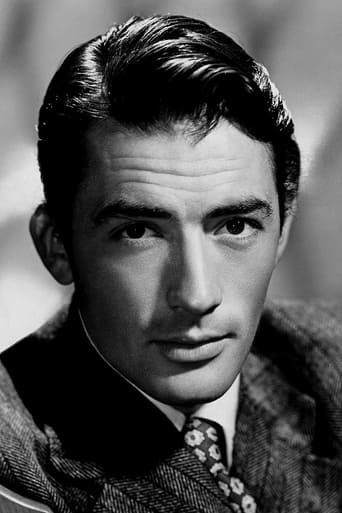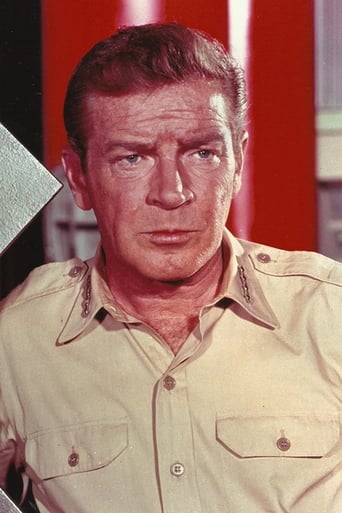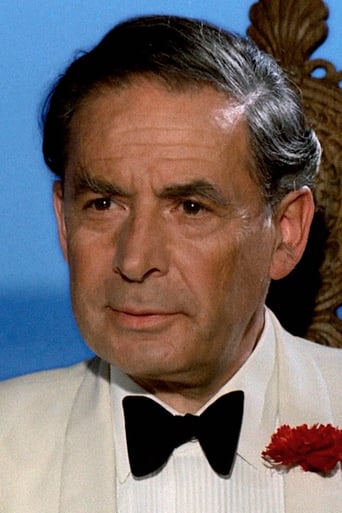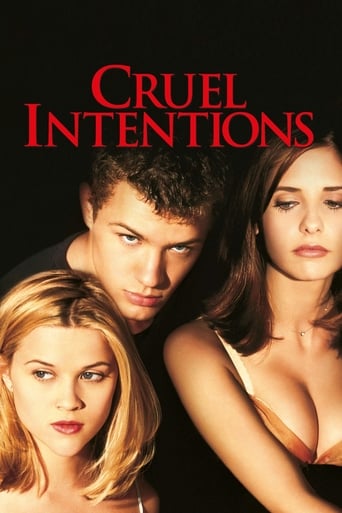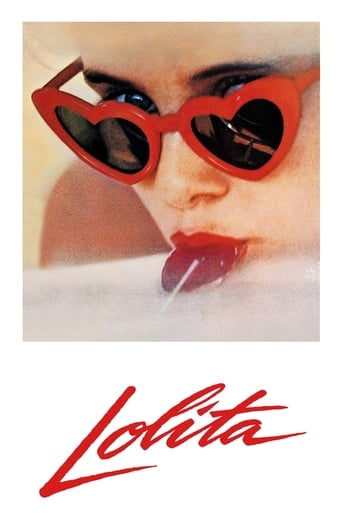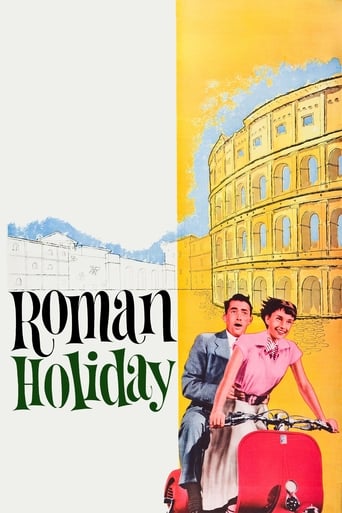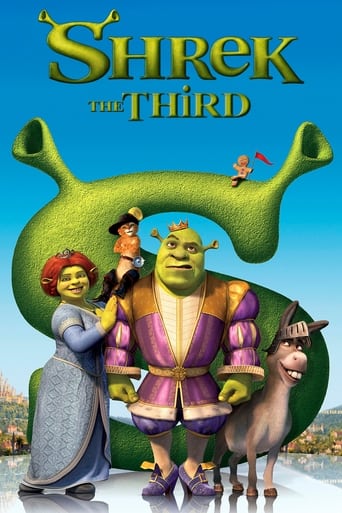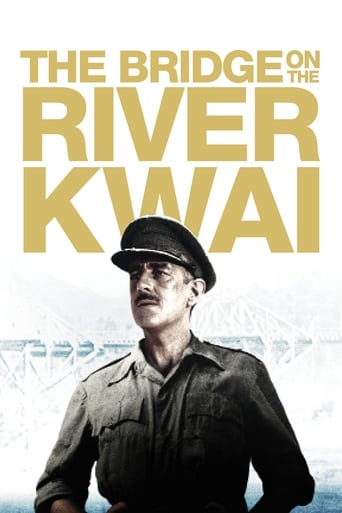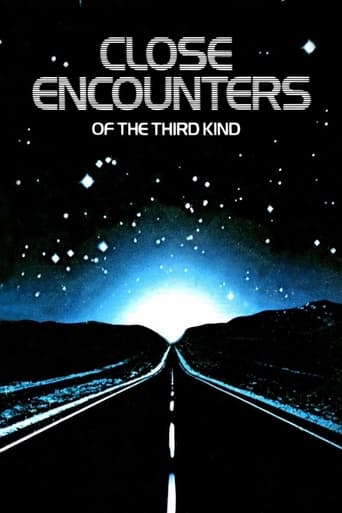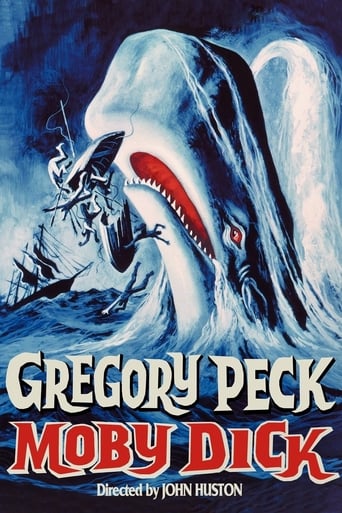

 Watch Now
Watch Now





Moby Dick (1956)
 Watch Now
Watch Now





In 1841, young Ishmael signs up for service aboard the Pequod, a whaler sailing out of New Bedford. The ship is under the command of Captain Ahab, a strict disciplinarian who exhorts his men to find Moby Dick, the great white whale. Ahab lost his his leg to that creature and is desperate for revenge. As the crew soon learns, he will stop at nothing to gain satisfaction.
Watch Trailer
Cast


Similar titles
Reviews
Sorry, this movie sucks
I wanted to but couldn't!
a film so unique, intoxicating and bizarre that it not only demands another viewing, but is also forgivable as a satirical comedy where the jokes eventually take the back seat.
One of the film's great tricks is that, for a time, you think it will go down a rabbit hole of unrealistic glorification.
Even without reading "Moby Dick", I could tell that the movie adaptation wasn't exactly as powerful an experience as the book. John Huston is one of the greatest American directors but "Moby Dick" is rarely mentioned among his most memorable works, even Gregory Peck wasn't fond of his performance as Captain Ahab. With all these elements chained together, the movie pulled a "Pequod" by quickly sinking in relative oblivion while the book is still regarded as one the all-time masterpieces of American literature. This is no "Gone With the Wind" or "Godfather" case where literature and cinema converged toward the same heights of greatness.So, I can only judge "Moby Dick" through its cinematic merits and certainly appreciate it a little more than someone who read Herman Melville's epic. And to some degree, this was the kind of thrilling and exciting adventure film I expected from John Huston, a heroic tale of bravely unconscious seamen challenging Mother Nature to accomplish deeds marked by the seal of secular traditions and practical needs, just like hunting was driven by hunger and necessity. But when it ceases to be necessity, it becomes something that defies logic, common sense and ultimately, God, which then embarks us over the tumultuous waves of human soul with the Ocean as the Sierra Madre and a white whale as the gold that ignites the fire of greed and hubris in men' eyes.This 'gold-like' fervor is like a chromatic leitmotiv as the quest for Moby Dick is materialized by a golden coin promised to the first sailor who'll spot the animal, and it's like the object tainted the film in sepia as if it embraced the fiery excitement pumping in these men's veins. And while it gives the film a special texture, it also makes it look like one of these Disney documentaries or made-for-TV movies, something of B-level, that fitted a gem like "Beat the Devil" but the not the spectacular ambitions of "Moby Dick". I wonder how the film would have looked in black- and-white, especially one of such deep religious undertones and with a gallery of fascinatingly tormented characters.Indeed, Ahab, Ishamel, the story of Jonas are all familiar to Biblical readers but for average viewers, they carry the secret beneath Ahab's obsession with that white whale, something that borrows from centuries of a tormented relationship between men and the sea, an attitude torn between defiance to God, and temptation to greed and to hubris. Ahab is the dark soul of humanity in the shoes of heroic sailors. Such emotional resonances might have benefited from a black and white cinematography, with bigger contrasts. I can imagine the same film with the same look than "The Treasure of the Sierra Madre", but then I'll be likely to extend my "what if" questioning and wonder if John Huston wouldn't have played the part of Ahab better. He intended to cast his father Walter, who won the Oscar for "Sierra Madre" but he passed away in 1950Gregory Peck himself was surprised that the director, then in this mid-forties and who inherited some of his father's persona, didn't play the tormented Captain himself, and we can delightfully imagine Ahab as a younger 'Noah Cross'. But the studios wanted a big name and Peck went for it. Ahab doesn't appear until twenty minutes of a powerful build-up on his larger-than-life persona, almost equaled by the haunting church scene and the sermon delivered by unrecognizable Orson Welles. But as I often said with Peck, he's a hit-or-miss actor, comfortable with heroic and noble characters but less with men of Ahab's psychological amplitude. In a performance that looks like a constipated version of Abraham Lincoln, Peck doesn't strike as an emotionally enraged and obsessed man, except in some scenes but too few to be notable.Leo Glenn who plays Starbuck is more restrained and engaging for empathy but his acting creates a more awkward contrast with Peck's theatrical approach. Strangely, as he approaches the fateful meeting with the whale, there's a light of passion that starts igniting his eyes, and the film gets more captivating. It's just as if we were witnessing the slow descent into hell in the same pace as Peck's getting in Ahab's ivory leg. And when the inevitable climax comes, Peck can finally implode his rage in the final confrontation and take his crew to a suicidal mission. And the gallery of supporting characters composing the crew is perhaps one of the best things about "Moby Dick".The story is told from the narrator's standpoint "Ishmael", played by Richard Baseheart who's the perfect foil for more colorful and memorable characters such as Harry Andrews as Stubb, Fiedrich Von Ledebur as the giant, goodhearted Native and first-class harpooner. It is just regrettable that the one character who had to be as memorable as Dobbs didn't elevate the material to an experience of the same intensity. Huston always cared for characters who, while not succeeding, pushed their personal quest to their most extreme limits, a film like "Moby Dick" about the ultimate romantic collective failure, could only be directed by Huston, but needed a denser actor to direct the boat.So, while John Huston and Ray Bradbury's adapted screenplay and the special effects did justice to the story, it doesn't strike the sensitive chord you'd expect from Huston. Interestingly, "Moby Dick" was made the same year than another sea-themed movie: Louis Malle's "World of Silence" and in one of its most gut-wrenching moments, you could see sailors being gratuitously cruel with sharks and the massacre being justified in voice-over by the secular hatred between men and sharks. And this was a documentary movie released during a time where environmentalist issues started being raised.I hated that moment, but I could understand it. Maybe that's the essence of Melville's novel. But this five-minute sequence from Louis Malle's documentary said more about John Huston's adventure epic.
John Huston and Ray Bradbury wrote a screenplay that did justice to Melville' s famous allegorical novel. As far as I can imagine, it would be hard to present this story much better on screen. Richard Basehart's performance, as Ishmael, was adequate in that it didn't require much after the opening scenes in New Bedford. Orson Wells was great in his brief, but powerful, scene as Father Mapple, the minister at the New Bedford's Seaman's Chapel. The exterior shots of the chapel looked very familiar to me in that I lived in New Bedford for about six years. The interior scenes of the chapel, with the rope ladder climbing up to the bow-like pulpit also could have also been on shot location since that is how the pulpit looks in the actual chapel. On the other hand, they also could have been shot at the studio.I have read reviews that question whether Gregory Peck was a good casting choice for Captain Ahab--perhaps being too gentle for the part. However, I think Peck he was very good in this part. Rather than portraying Ahab as one-dimensional and unrelenting raving lunatic, Huston saw him as reserved, brooding, and determined in the beginning. Then, as the movie progresses, he evolves into a madman as he approaches the area in the Pacific where he knows the great white whale will be on a certain date. The crew knows of his madness by reputation. But, his first mate, Starbuck (Leo Glenn), gets to know of it first hand through conversations with Ahab....-------------------------------"Speak not to me of blasphemy, man; I'd strike the sun if it insulted me. Look ye, Starbuck, all visible objects are but as pasteboard masks. Some inscrutable yet reasoning thing puts forth the molding of their features. The white whale tasks me; he heaps me. Yet he is but a mask. 'Tis the thing behind the mask I chiefly hate; the malignant thing that has plagued mankind since time began; the thing that maws and mutilates our race, not killing us outright but letting us live on, with half a heart and half a lung."---------------------------------It is Starbuck that had learned of Ahab's carefully drawn charts of all the world's waters, every aspect of which is to hunt down and kill the great white whale. And, it is Starbuck that considers mutiny, or worse, as the ill-fated voyage continues after a great storm that portends the encounter with Moby Dick.This movie was not made in wide screen format, even though Cinamascope was available at the time. The thing that I liked least about it was its color. Instead of being bright and vivid, as it could have been, it is dark, dull and brownish. Nevertheless, both narration and photography capture the Melville' s allegory quite well.
This has long been a favorite of mine, but I have a question about the aspect ratio of this film. IMDb's "Technical Specs" page for Moby Dick lists *two* different aspect ratios: 1.37:1 (DVD release) and 1.66 : 1.Now - we all know that many films that were originally shot in widescreen (1.66:1) were then cropped to 1.37:1 for television. For many years, I searched for a widescreen version of "Moby Dick" on DVD or Blu-Ray. I had all but given up, when a user review of "Moby Dick" appeared on TCMDB which claimed that a widescreen DVD *had* been released in Europe (PAL & region 9). Another reviewer on the same page claimed to have seen the film in widescreen on TCM. A search of TCM's website turned up four clips from this film - and sure enough, they're in widescreen. At least one of these clips (Fr. Mapple's sermon) is also available on youtube - BUT - the youtube clip is *not* in widescreen; it appears to be have been copied from the DVD. If you compare them, you'll find something very strange. Normally, "pan-and-scan" DVDs are produced by cropping out the left and right sides of the original widescreen images. But in the case of Moby Dick, it appears that the opposite has been done - the widescreen images were produced by cropping out the top and bottom of the 1.37-1 images. In other words, it appears that Moby Dick was originally shot in 1.37:1, and then cropped to create a widescreen version which has never been released on DVD (at least not in the US). Can anybody shed any more light on the original aspect ratio for this movie? Is there really a widescreen version of this film? And if so, does it contain more information than the DVD version? Or less? (The TCM reviews that I referenced are here: http://www.tcm.com/tcmdb/title/17660/Moby-Dick/user-reviews.html TCM's widescreen clips here here: http://www.tcm.com/tcmdb/title/17660/Moby-Dick/videos.html and the youtube clip of Fr. Mapple's sermon is here: https://www.youtube.com/watch?v=2rWV8sBZ9ho)-----------------------------Followup: Amazon is selling an imported Blu-Ray which claims to contain the widescreen version of the 1956 version of Moby Dick. There are a bunch of screen shots from the BluRay on "home theater forum.com" (see note below). I compared those screen shots with similar images from the DVD (which is in the old academy ratio). Sure enough, the widescreen images on the Blu-Ray appear to have been created by cropping the top-and-bottom off of the DVD images. ("Tilt-and-scan" instead of "Pan-and-Scan").For some reason, IMDb won't let me post the name of the website with the Blu-Ray screen shots. They say "it's a very long word, which is not allowed". If you want to see the screen shots, paste the link below into your browser, delete the spaces from "home theater forum" so that it's all one word - then hit "enter".www.home theater forum.com/topic/332782-moby-dick-1956/
No one will ever match the performance Gregory Peck gave to Ahab in this movie. Patrick Stewart didn't even come close.But that's not all. Is there anyone that can match Leo Genn as Starbuck, or Richard Basehart as Ishmael? But there are too many great performances to count. Royal Dano as Elijah always stays with me. I used to try and imitate his strong voice (despite the fact I'm a woman) Elijah! They call me, Elijah!" Orson Welles in a cameo part as Father Mapple.This film is an undisputed Masterpiece. It does not matter if the whale doesn't look real, or the special effects aren't up to today's standards.I would rather have poorer special effects today, rather than poorer actors. Unfortunately, we have traded spectacular special effects for actors and acting that will never come up to the standards set by films like this.It is an age, I fear, of which, we will never see the likes again. Thank the Good Lord we can still see these films and my hopes are they are always preserved.


